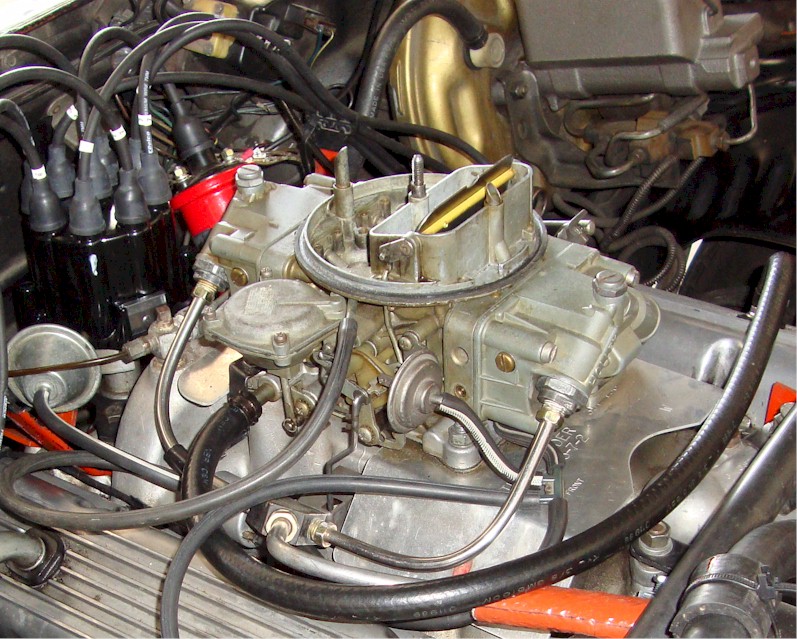A cranky carburetor can lead to a number of problems—excessive fuel consumption, rough idle, hard starting, and more. We covered some of these issues in our Carb Detective and Carb Checklist posts.
While a more-accurate diagnosis of carburetor issues may require more time, tools, and patience, there are few simple, quick tests that will help you quickly determine whether your carburetor is performing properly. Grab a buddy—or your eldest child—and perform these time-honored tests to perform a carb-wellness check.
1. Float-level adjustment
With the engine warmed up and idling, remove the air cleaner. Carefully look down the throat of the carburetor at the main nozzle. If it is wet or dripping gasoline, the float level is probably too high. This can cause fuel to discharge from the nozzle while the engine is idling.
2. Idle system
If the engine idles roughly after warming up, the idle system could be at fault. Open the throttle slowly until the engine is running about 3,000 rpm. If the speed doesn’t increase evenly and the engine runs roughly through this speed range, it probably means the idle or main-metering system is defective.
3. Accelerator-pump system
With the float bowl full, the air cleaner removed, and the engine shut off, look down the throat of the carburetor. Open the throttle quickly. You should see the accelerator pump system discharge a squirt of fuel into each primary barrel. The flow should continue for a few seconds after the throttle valve reaches the wide-open throttle position. If not, the accelerator pump system is defective.
4. Main-metering system
With the engine warmed up and running at about 2,000 rpm, slowly cover part of the air horn with a piece of stiff cardboard (not your hand). The engine should speed up slightly as the main (primary) metering system begins to discharge more fuel. If it doesn’t, you may need to re-jet and re-calibrate the system.
Again, more detailed diagnosing, troubleshooting, and tuning will require additional time and attention to carburetor. We have a full library of Carb Tuning and Diagnosis articles in our archives.


[…] Download Image More @ http://www.onallcylinders.com […]
[…] Download Image More @ http://www.onallcylinders.com […]
Well explained..Can you send me the operation of each circuits of carby system?
I have a 18 horse Kohler having fuel troubles or carburetor trouble I checked the fuel pump it work if you put gas in the carburetor it will start but without pouring gas in the carburetor it won’t start
Hey Tracy, there are a handful of things to check initially. You said the fuel pump works, can you confirm that fuel is getting up to the inlet barb of the carburetor? And not getting blocked by a clogged fuel filter, kink in the line, or other obstruction?
…
Then, though I’m not 100 percent sure what carb you’ve got, but it’s likely that there will be a bowl drain valve. Can you confirm that fuel is entering the bowl(s)? Simply turning/removing the drain plug(s) might be an easy way to check.
…
If you’ve got fuel entering the carburetor, and the bowl is filling, then it’s entirely possible that you’ve got a stuck float valve, clogged passage or plugged jet.
…
In any event, disassembling the carb for a thorough cleaning and/or rebuild is a smart bet.
…
Thanks for reading—hope this helps.
I have a boat with a 4 cly with a carb I can start it and as long as I pump the throttle it runs when I stop it dies. Could it be a stuck float ???